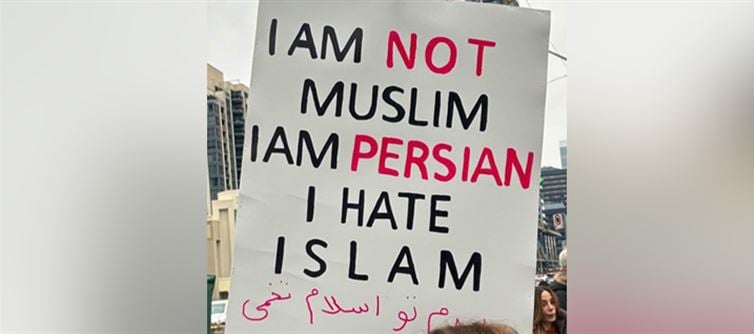
This trend is not just about religion, but identity. Many Iranians today are asserting their Persian heritage and cultural roots over the Islamic identity imposed by the regime after the 1979 revolution. The slogan “Woman, Life, Freedom” that echoed across Iranian cities during the recent protests is a clear rejection of both religious authoritarianism and the suppression of personal liberties. For a large section of the younger generation especially, islam as interpreted by the regime has become synonymous with control, oppression, and a disconnect from the rich, pre-Islamic history of Persia. They are turning to poets like Hafez and Ferdowsi, celebrating Nowruz with renewed vigor, and embracing a secular, culturally Persian identity.
The consequences of this cultural and ideological shift are monumental. A population increasingly distancing itself from religious institutions and state-sponsored ideology is a threat to any theocracy. It suggests that the regime's ideological foundation is eroding from within. While the regime still wields power through its security apparatus and censorship, it is losing the hearts and minds of the people. Should this trend continue and gain further momentum, it may very well mark the beginning of a new chapter in Iranian history—one where Persian identity, democratic values, and secular governance rise to the forefront, and where the long-suppressed voice of the people finally shapes the nation’s future.




 click and follow Indiaherald WhatsApp channel
click and follow Indiaherald WhatsApp channel